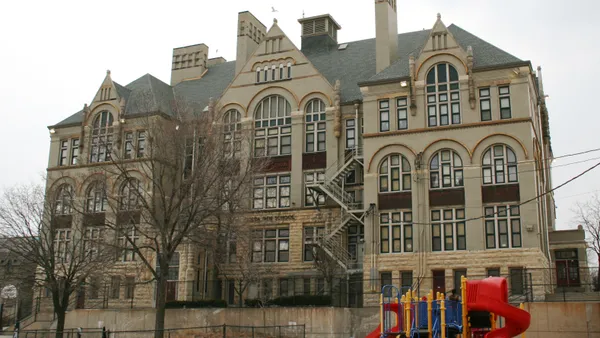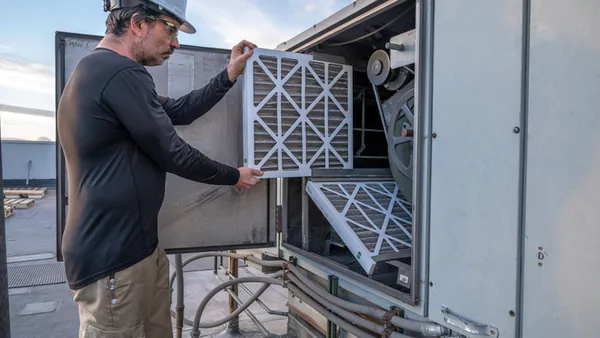Dive Brief:
- The limited data available on nonstandard and contract workers in the U.S. indicate they generally have fewer benefits and workplace protections than permanent, full-time employees, according to new findings by the U.S. Government Accountability Office. The GAO defines nonstandard arrangements as work that isn’t permanent, year-round and with predictable full-time hours. Contract workers include independent contractors and electronically mediated workers (those who find short-term jobs through websites or digital apps that connect them with customers and arrange payment).
- Policymakers asked the GAO to study the data on nonstandard and contract work arrangements so they can understand how these workers fare in terms of wages, benefits and workplace safety, the government watchdog explained in a Dec. 12 report. But the data collection is fragmented and can’t provide an overall view because it comes from at least seven federal agencies most prominently, the U.S. Department of Labor — and each agency uses different definitions and measurements to assess an arrangement, the GAO said.
- Although the agencies have taken some steps to address the fragmentation, their efforts don’t include an ongoing collaboration mechanism, the GAO noted. Without such a mechanism – and without agencies providing coordination and leadership for such an effort – agencies risk working at cross purposes, the GAO said. It recommended that DOL and the Office of Management and Budget, which supports, coordinates and oversees statistics from the federal agencies, work on increasing intra-agency collaboration, such as by establishing a working group, to improve data about these workers.
Dive Insight:
Millions of U.S. workers are in nonstandard work arrangements, the GAO pointed out. Studies also indicate that increasing numbers of workers participate in contract arrangements as employers outsource functions they once managed internally.
Information about these arrangements is important for understanding the extent to which government programs cover the workers and for addressing the risks the workers face, the GAO explained. It’s also important for employers’ understanding of their rights and responsibilities under the various employment laws that govern the workplace, the report added.
HR pros are familiar with how complicated this can get. In Appendix II, the report lists 15 federal labor laws and their potential application to certain nonstandard and contract workers. Civil rights statutes, like Title VII and the Americans with Disabilities Act, protect a worker if they are an “employee” at the time of the alleged discrimination, the appendix states. But the question of whether an employee-employer relationship exists is fact-specific and depends on a number of factors, including how much control the employer exercises over the means and manner of the worker’s performance.
As the Appendix indicates, many of the federal laws and and programs pertaining to worker protections and benefits have limited coverage for workers in certain nonstandard and contract work arrangements, the report said. For example, employers are not required to provide health insurance for part-time workers.
Workplace safety is another example of where workers in contract or nonstandard arrangements have limited coverage, the GAO noted. Data from 2021 show that self-employment workers were fatally injured on the job at a rate of 11.1 fatalities per 100,000 full-time equivalents, according to the report. The National Institute for Occupational Safety and Health found that 46% of all fatalities in the construction and extraction industries in 2018 were among workers with contract arrangements, the GAO pointed out.
Federal agencies measure overlapping populations but use different definitions, terminology, data sources and methodological approaches to meet their specific purposes, the report explained. As a result, the data can’t be directly compared or used to form a coherent national view of nonstandard and contract work arrangements, it concluded.














